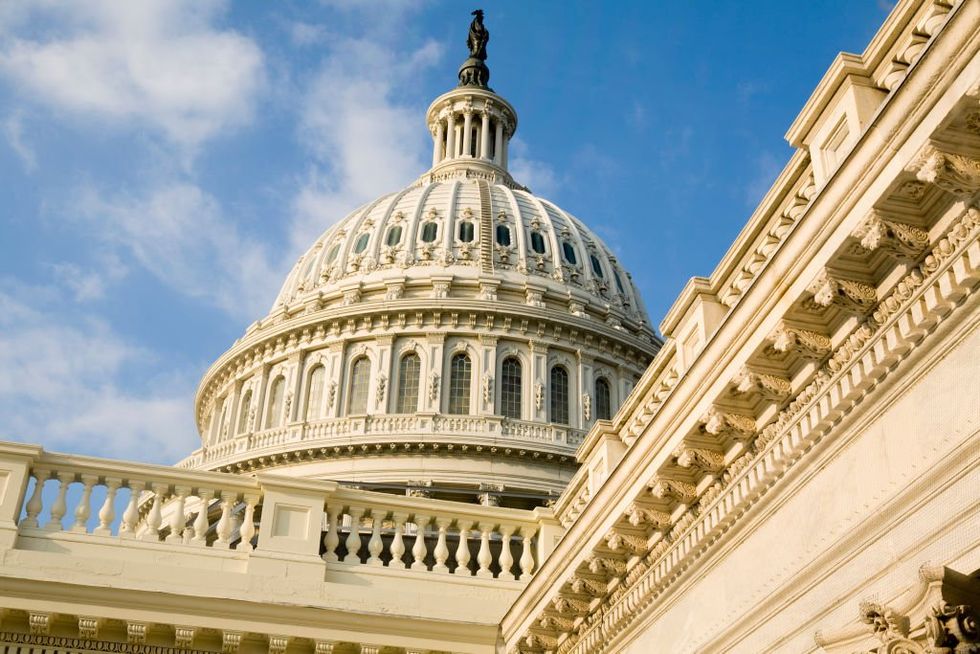
www.lovemeow.com
Kitten Remained so Calm While Receiving Help to Walk Again, Now He Dashes Around as Most Playful Cat
A kitten remained remarkably calm while getting help to walk again. Now, he dashes around as the most playful cat.
JohnnyEllen CarozzaLast month, a tiny kitten with a broken body but a formidable spirit was brought to Frederick Co. Animal Control. He needed specialized care to repair his front legs, and Ellen Carozza, an LVT, VTS (CP-Feline), and the president of Chris Griffey Memorial Feline Foundation, offered her help.The kitten had been rescued from a lawnmower accident with several injuries. He lost part of his right ear and one-third of his tail, had some cuts on his back and chest, and fractured his forearms.Despite everything he had endured, the kitten remained remarkably calm and unbothered, instantly warming up to the people who helped him with purrs and affection.
He was rescued from a lawnmower accidentEllen CarozzaThe shelter provided him with immediate care, made him splints, and managed his pain. They then contacted Ellen, whose foundation specializes in rehabilitating the smallest and most vulnerable kittens.Ellen and her team welcomed the resilient little guy with open arms. They crafted a new pair of splints using halved tongue depressors, creating a V-shaped trough for his arms, which allowed him to use his feet comfortably.
Johnny was very loving from the startEllen Carozza"His name was (originally) Johnny Deere after the lawnmowers. We renamed him Johnny 2 Sticks in homage to the movie Johnny Stecchino ('toothpick') because his little splints looked like toothpicks," Ellen shared with Love Meow.Johnny quickly became enamored with Ellen, showering her with kisses. He had a hearty appetite and adored being spoon-fed, savoring the cuddles that followed each feeding.
He discovered his love for lap snugglesEllen Carozza"How this kitten is so happy with these legs is beyond me. He's such a happy fellow."Johnny soon discovered his favorite pastime: cozy lap snuggles. He would plop down on Ellen's lap and stay there contentedly , waiting for his snack to be served.
Despite wearing splints, he was always happy and activeEllen CarozzaHe was completely unfazed while his splints were being replaced, patiently letting Ellen change his bandages without any fuss. "Not once did he complain or act depressed. He was always active, happy, and loving."When Ellen fashioned a pair of booties for his splints, he quickly figured out how to use them to glide across the floor like a mini skier.
Johnny glided across the floor in his bootiesEllen CarozzaJohnny made remarkable progress in just two weeks, healing beautifully and becoming as active as ever. He was then fitted with softer splints that conformed to his legs.After one week of wearing them, he no longer wanted them on. "His x-rays looked good enough for us to allow him to continue without them."
Ellen CarozzaJohnny was thrilled to be using his front paws without restrictions, eagerly reaching for Ellen's face to give her kisses.With his newfound freedom, he turned every cat bed into his personal lair and every cardboard box into his fort. He dove into his food and chomped on treats with gusto.
Johnny was thrilled to be splint-freeEllen CarozzaWhen he was ready to socialize with the resident cats, he put on quite a show - puffing up his fur and crab-walking in front of them, trying to appear twice his size.Johnny might be the smallest one in the house, but he certainly has the heart of a lion.
Johnny befriended the resident catsEllen Carozza"He is incredibly playful and is making up for those few weeks from wearing his sticks. Currently, his favorite thing to do is boss around the other cats in the home and get into as much trouble as possible. He is never sitting still."
Ellen CarozzaJohnny has thoroughly inspected (and tasted) the tub in the bathroom and commandeered the top of a cat tree from a resident cat using his squeeze-and-push technique.But once he hits the sack, his purr motor kicks in, and he's out like a light.
Johnny inspected the bathroom tubEllen CarozzaDespite the harrowing start, Johnny never let it hold him back. He's been a tenacious fighter with an unshakable attitude.Now, he's ready to find a home of his own where he can reign supreme, entertain his people, and be pampered like royalty.
Ellen CarozzaShare this story with your friends. More on Johnny and Ellen's rescues on Instagram and Facebook. Chris Griffey Memorial Feline Foundation on Facebook.Related story: Shy Cat Depend on Each Other Their Whole Lives Meet Person Who Comes Back to Shelter Just for Them
















